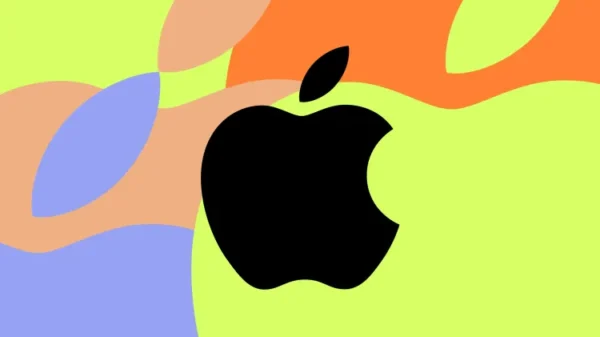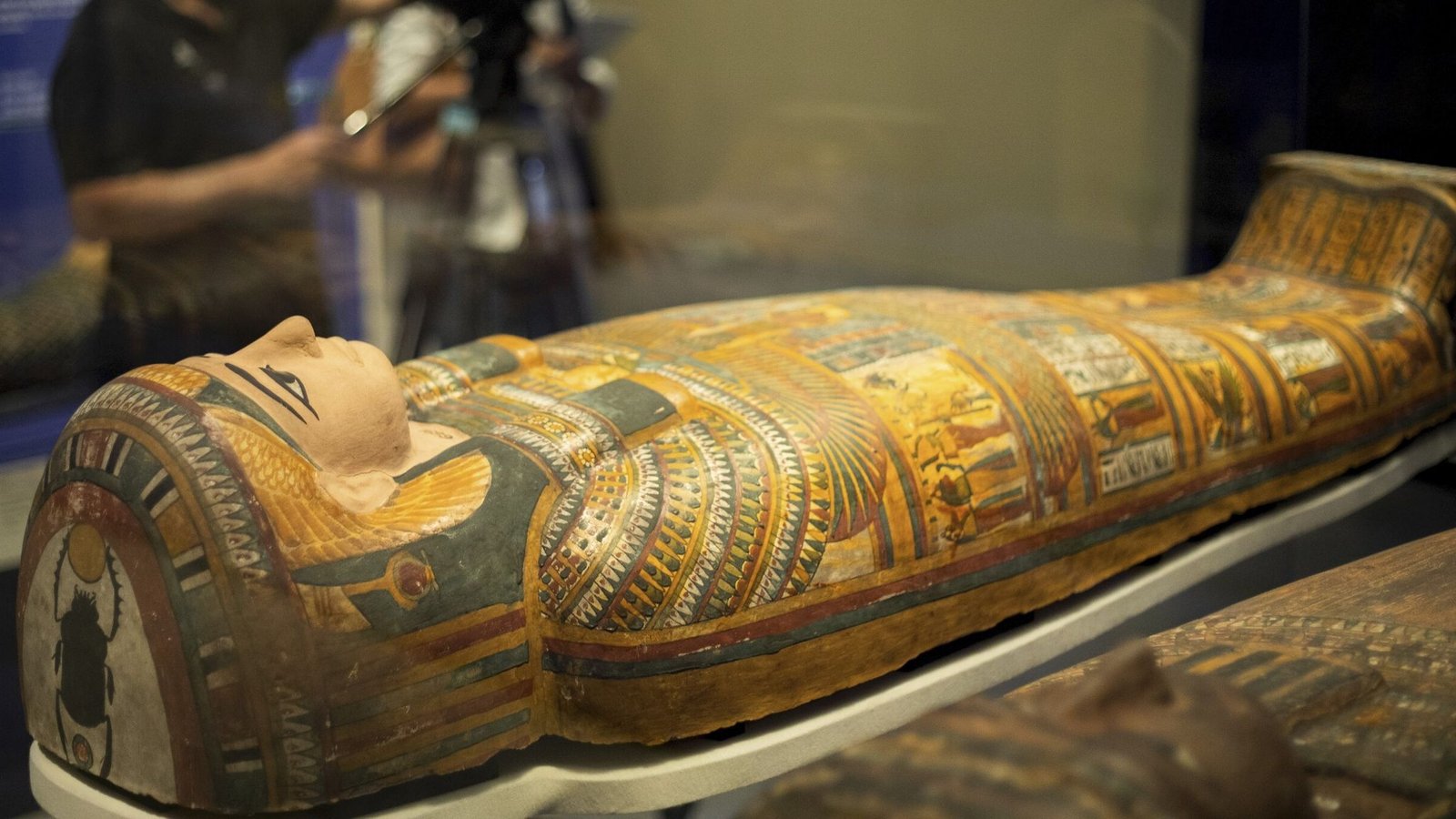The Fascinating Scents of Ancient Egyptian Mummies: What Do They Really Smell Like?
When we think of mummies, we often imagine linen-wrapped bodies resting in elaborately decorated tombs. However, a recent scientific study has taken a different approach to understanding these ancient relics—by exploring their preserved fragrances. This unique research sheds light on the scents that have remained trapped within mummified remains for thousands of years and their significance in ancient Egyptian burial practices.

A team of researchers, led by chemist Matija Strlič at University College London (UCL), conducted the study to decode the aromas preserved in mummies. The findings, published in the Journal of the American Chemical Society and reported by Gizmodo, reveal new insights into funeral rituals and spiritual beliefs in ancient Egypt.
Decoding the Scent of the Afterlife
Through their analysis, researchers found that mummies often emit a scent described as woody, spicy, and sweet. This specific fragrance results from materials used in the embalming process, such as myrrh, frankincense, and tree resins like pine. These substances were not only chosen for their preservation qualities but also for their religious and symbolic connections.
Cecilia Bembibre, a heritage scientist at UCL and co-author of the study, explained that scent plays a powerful role in understanding history. “Smells provide an incredibly intimate way to connect with the past,” she said. “By studying these ancient scents, we gain a deeper understanding of how past civilizations viewed life, death, and the afterlife.”
Scientific Methods Behind the Research
To extract these ancient scents, the research team used advanced techniques, including gas chromatography and mass spectrometry. These methods allow scientists to identify chemical compounds in trace amounts. Additionally, expert human sniffers were involved in the process to capture the full range of aromas in a way technology alone cannot.
One of the most remarkable aspects of the study was its non-invasive approach. Instead of taking samples from the mummies that could cause damage, the team carefully identified scent markers without disturbing the integrity of the remains. This approach preserves the cultural and historical significance of these ancient artifacts while still unlocking new information.
The Deeper Meaning Behind These Fragrances
The discovery of ancient scents extends beyond academic curiosity. These fragrances offer valuable insights into Egyptian rituals, beliefs, and even the social status of the deceased. Certain oils and resins were specifically chosen to signify purity, honor, and a connection to the gods.
Ali Abdelhalim, director of the Egyptian Museum in Cairo and co-author of the study, emphasized the importance of these fragrance ingredients. “The choice of fragrance ingredients was not random,” he explained. “Different resins and oils were used to signify purity, social rank, and a connection to the gods.”
In ancient Egyptian culture, pleasant smells were linked to divinity and the afterlife, while foul odors symbolized decay and corruption. This suggests that mummification was not just about physical preservation but also about ensuring a sacred and favorable transition into the afterlife.
Bringing the Past to Life Through Scent
Beyond the scientific analysis, these findings could reshape the way museums present ancient Egyptian history. Researchers suggest that integrating scent reconstructions into museum displays could provide visitors with a more immersive experience. Instead of simply observing artifacts, people could engage with history on a sensory level, making it more tangible and memorable.
Some future projects may even attempt to recreate ancient Egyptian perfumes based on these findings, allowing people to experience the aromas that once filled the tombs of pharaohs and high-ranking officials. By incorporating historical scents into exhibitions, experts hope to bridge the gap between the past and present, making history feel more alive and relatable.
A New Dimension to Archaeology
This study highlights an innovative approach to archaeology by focusing on sensory experiences that go beyond traditional text and visual artifacts. By exploring the fragrances of mummies, scientists are uncovering new ways to connect with the past, offering a deeper understanding of how ancient civilizations lived, honored their dead, and perceived the afterlife.
As Cecilia Bembibre put it, “People often think of history as something distant and untouchable. But when you smell a fragrance from thousands of years ago, it makes history feel tangible and real.”
The idea that we can experience ancient Egypt not just through sights and texts, but also through scent, opens up exciting possibilities for historical exploration. Who knew that one of the keys to unlocking ancient secrets was right under our noses?







































